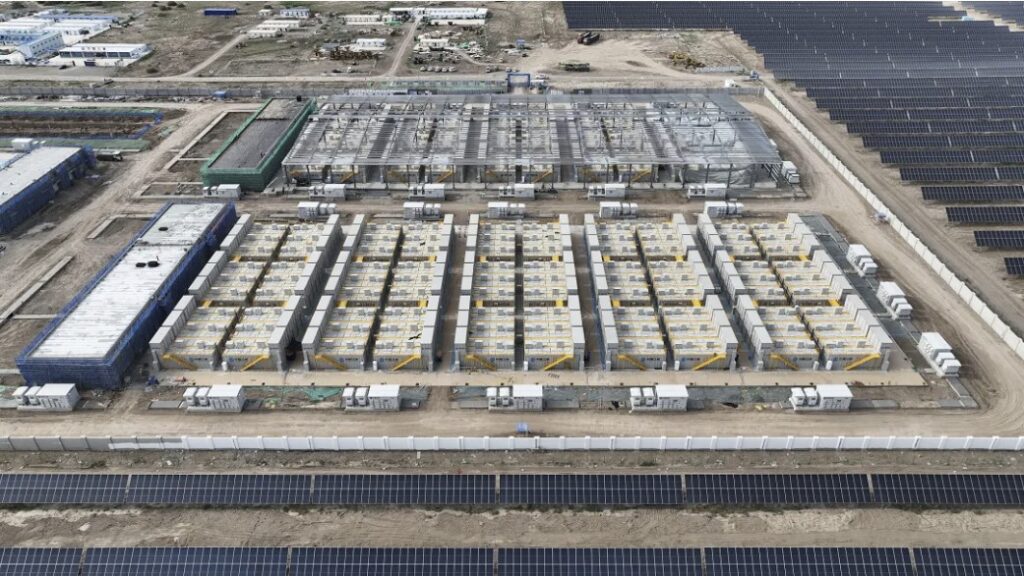Envision pushes energy storage density to new highs with 8 MWh, 20-foot container

Shanghai-headquartered Envision Energy launched its latest grid-scale energy storage system at the third Electrical Energy Storage Alliance (EESA) Energy Storage Exhibition held in Shanghai this week. The product’s energy density stands at 541 kWh/㎡, making it the leading one in the industry to date.
The product release follows the launch of the 6.25 MWh energy storage system by CATL in April and several other companies launching 6 MWh+ storage systems packed in a standard 20-foot container, ushering in a new energy density era for the battery energy storage systems.
However, Envision’s latest product far surpasses all earlier system-level achievements. It packs more than 8 MWh using 700 Ah lithium iron phosphate battery cells made by Japan-headquartered AESC, in which Envision holds a majority stake.
“We made a huge jump from 315 Ah battery cells used in our previous generation products to 700 Ah and we did this to lower the cost on the system level,” a company representative told ESS News at the show in Shanghai.
The latest generation product has an energy density of more than 440 Wh/l, a roundtrip efficinecy of 96%, and a cycle lifetime of nearly 16,000 charge-discharge cycles.
The liquid-cooled system has a voltage range from 1500 V – 2000 V and is configurable for storage durations of two to eight hours. The container weighs around 55 tons.
According to the company representative, Envision led the way with a 20-foot container, 5 MWh battery energy storage system back in 2023, introducing a new energy density standard into mass production. It managed to achieve the latest breakthrough in capacity due to a combination of factors, primarily its large capacity cells, but also system integration, compact design, and further optimization within the container.
In addition to cells, Envision manufactures its own inverters, battery management systems, and energy management systems. At the EESA show, the company also launched its AI-powered “energy storage + X” solution for grid-scale battery storage systems capable of facilitating sizing and construction of projects as well as their operation, specifically their lifecycle services and trading in the electricity spot market.














